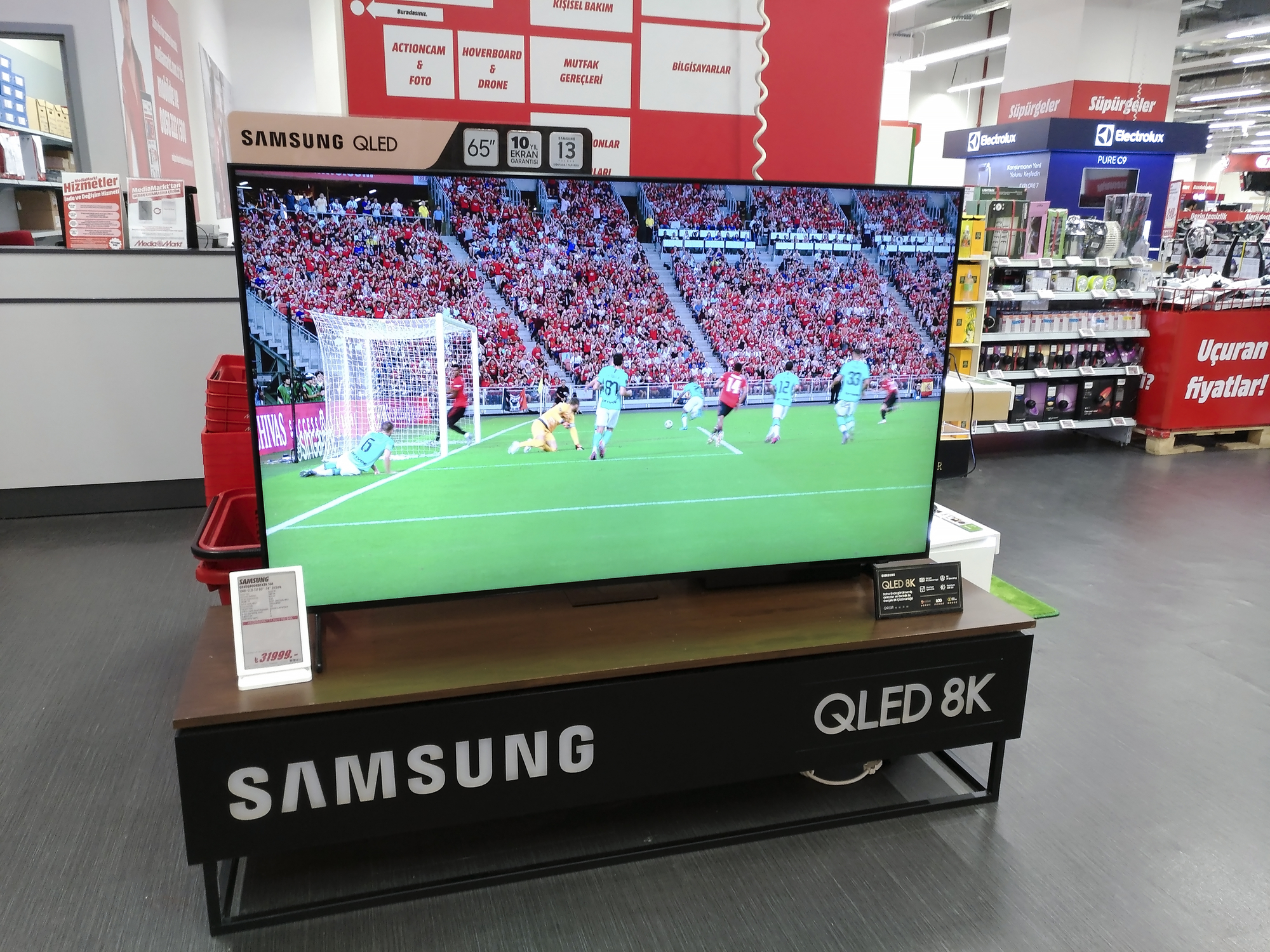

Instead, advertisers and marketing firms pay them to send targeted ads to other connected gadgets in a home.įor example, it can direct ads and recommendations to your smartphone after a client’s TV commercial plays. Samba TV claims it doesn’t sell its tracking data directly.

This means that aside from the ability to recognize and track content regardless of source, Samba TV can also create a device map of your home. It also communicates with your devices, enabling personalized recommendations and unique second-screen experiences for compatible TVs and apps.īut wait, there’s more! Samba TV’s system can also reach out to other devices in your home connected to the same network as the TV. Samba TV describes itself as a cutting-edge technology layer on your TV that understands what your TV is playing, regardless of the source.
#Update samsung tv browser software
How widespread is Samba TV? According to the New York Times, the company has struck deals with about a dozen popular TV makers to place its software on several models.īrands with Samba TV include Sony, Sharp, TCL, Element, Sanyo, Toshiba, Westinghouse, Seiki and Philips. Samba TVĪnother way advertisers track you is through a service called Samba TV. To prevent personalized ads on your Roku profile, go to Settings > Privacy > Advertising, then check “ Limit ad tracking.” Note: This setting is also available on Roku streaming gadgets. Although this will stop your Roku TV from identifying your content on the pixel level, Roku can still collect data about the Roku TV streaming channels you’ve installed and used. Next, uncheck “ Use Information for TV Inputs” to disable ACR. On Roku-powered smart TVs, you can turn off ACR by going to Settings and scrolling down and selecting Privacy > Smart TV Experience. To turn this off, go to your TV’s Settings > Preferences and scroll to the “ Right to Privacy Settings.” Turn off the setting labeled “ Collect App and Over-the-Air Usage Data.” You can also turn off Interest-based ads in this section. Although Amazon said it does not use ACR to identify content on Fire TV Edition TVs, it can still collect data about the over-the-air channels you watch and the streaming apps you use. Amazon Fire TVĪmazon’s Fire TV platform is baked into some smart TVs. To limit other forms of data collection on your LG smart TV, go back to Settings > All Settings and scroll down to General > About This TV > User Agreements and toggle Personalized Advertising to Off. To turn this off, go to Settings > All Settings, then scroll down to General to a setting called LivePlus and toggle it Off. LG’s ACR technology is baked into its newer WebOS-powered smart TVs, known as LivePlus.

Remember that turning off your Samsung TV’s Voice Recognition Services will disable its voice commands. You can disable Voice Recognition Services in this section, too. On older Samsung smart TVs, go to the Smart Hub menu > Settings > Support and look for Terms & Policy, then disable SyncPlus and Marketing. Here you can turn off Viewing Information Services (Samsung’s ACR technology), Internet-based Advertising (for personalized ad tracking) and Voice Recognition Services. On newer Samsung sets, go to Settings > Support and scroll down to Terms & Policies. If you’re concerned about privacy, you can completely turn off voice control, ACR and ad tracking. Some Samsung smart TVs include voice control. On Vizio smart TVs that use the newer SmartCast system, go to System > Reset & Admin > Viewing Data > toggle it to Off. On older Vizio TV sets that use Vizio Internet Apps (VIA), go to the TV’s System and then: Reset & Admin > Smart Interactivity > Off. You can turn off your set’s ACR features if you own a Vizio smart TV. The exact methods will depend on your TV’s brand. If this sounds too creepy, there are ways to turn it off. This data is collected and can be used for marketing and targeted advertising purposes. RELATED: 5 things you didn’t know your smart TV could do


 0 kommentar(er)
0 kommentar(er)
